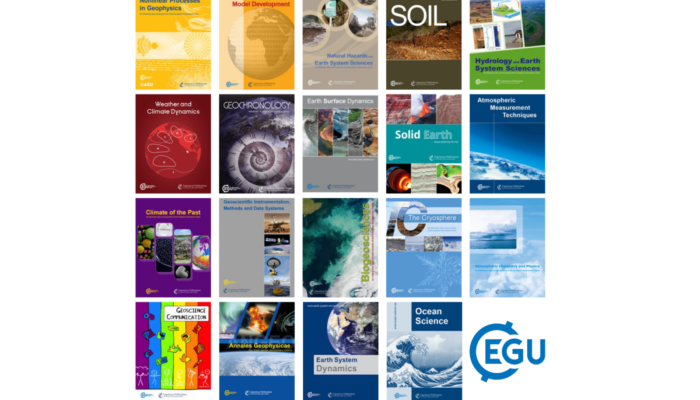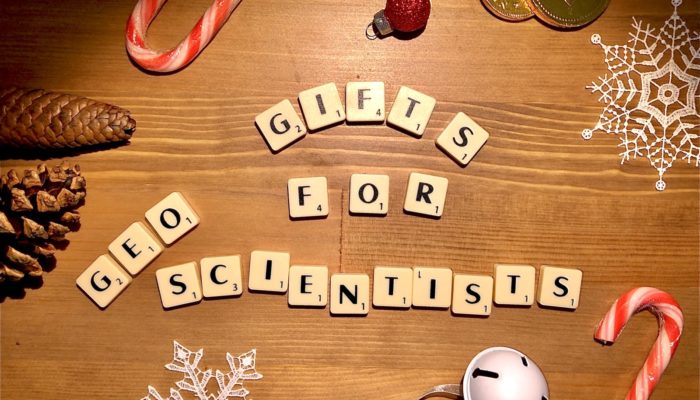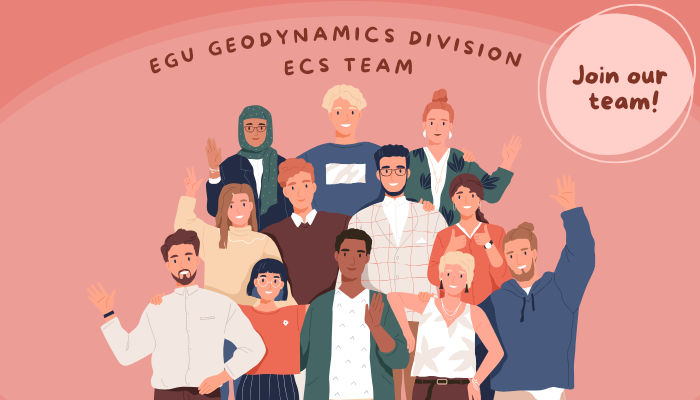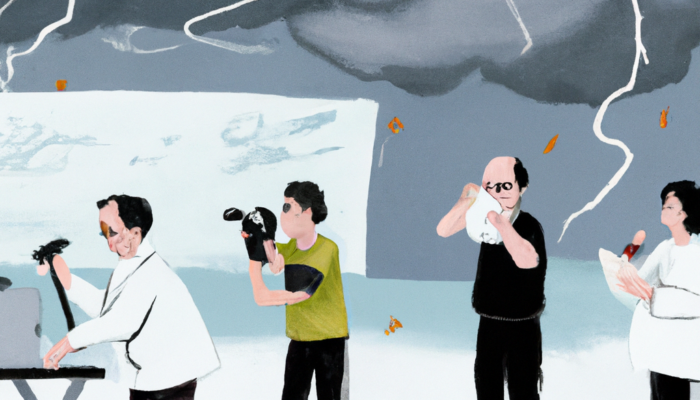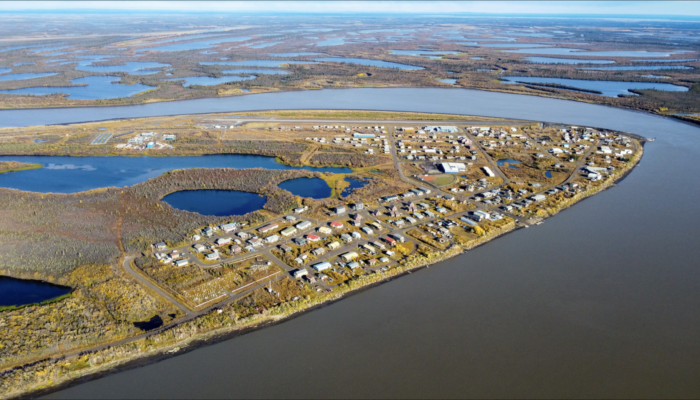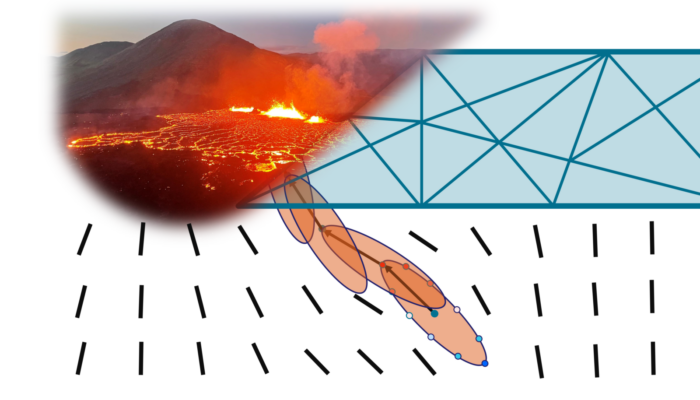We geoscientists need all different kinds of data: soil moisture, water-levels, snow height, radiation, precipitation height and the list goes on. However, the devices we need to generate that data are often too expensive, not available or even don’t exist. Therefore, it’s sometimes necessary to build them yourself (like many geoscientists do – those who annually present their senors p ...[Read More]
If you didn't find what you was looking for try searching again.
GeoLog
GeoRoundup: the highlights of EGU Journals published during November!
Each month we feature specific Divisions of EGU and during the monthly GeoRoundup we put the journals that publish science from those Divisions at the top of the Highlights roundup. For November, the Divisions we are featuring are: Biogeosciences (BG) and Geodesy (G). They are served by the journals: Biogeosciences (BG), SOIL, Solid Earth (SE) and Geoscientific Model Development (GMD). Feat ...[Read More]
GeoLog
Top 5 Gifts for Geoscientists (2023 edition!)
The nights are growing darker and there is snow on the ground here in Munich as winter draws close in the Northern Hemisphere, and at this time of year you are probably thinking about what gifts to get that special geoscientist in your life! We know sourcing appropriately nerdy and/or geology related gifts can sometimes be a challenge, so we in the EGU office are back again to help you out with ou ...[Read More]
Geodynamics
Call for Applications: Early Career Scientist Representative (GD Division)
The Geodynamics Division (GD) is looking for an enthusiastic geodynamicist to take up the position of Early Career Scientist (ECS) representative for 2024-2026! Our current ECS representative, Megan Holdt, will be handing over this position at EGU24. This role is a fantastic opportunity to get involved in EGU, contribute to building the geodynamics community and create a welcoming environment for ...[Read More]
Geochemistry, Mineralogy, Petrology & Volcanology
EGU GMPV Campfires – Thursday 14th December 4 pm CET
Mark your calendar! The next edition of the Geochemistry, Mineralogy, Petrology and Volcanology division’s ECS talks – the Campfires – will be back on Thursday 14th December at 4pm CET on Zoom. This edition will be a Scientific Campfire, during which three early career scientists will present their latest work to the community. Our speakers for this edition are: Shreya Kanakiya ̵ ...[Read More]
Nonlinear Processes in Geosciences
Bridging Mathematics and Climate Science: the AMS MRC programme for June-July 2024
The American Mathematical Society’s Mathematics Research Communities (MRC) continues to be a beacon for early-career mathematicians seeking professional development. This esteemed program offers opportunities to hone collaborative research skills, cultivate networks within active research domains, and benefit from mentorship by leaders in the field. As part of the MRC initiative, the upcoming conf ...[Read More]
Cryospheric Sciences
UndercoverEisAgenten – Permafrost, drones and young explorers investigating Arctic change
The “UndercoverEisAgenten” project takes us on a drone journey over the ever-changing permafrost landscapes. Initiated by the Alfred Wegener Institute (AWI) for Polar and Marine Research, the German Aerospace Center’s (DLR) Institute of Data Science, and the Heidelberg Institute for Geoinformation Technology (HeiGIT), this venture is about more than just capturing images. It̵ ...[Read More]
GeoLog
GeoPolicy: Science for Policy Internships & Traineeships – a regularly updated list
Internships and traineeships are a great way to gain a better understanding of the political system and how policymakers use scientific evidence! This month’s GeoPolicy Blog post highlights various European-based opportunities that researchers can apply for. Understanding Europe’s political landscape and the information that policymakers need to make evidence-informed decisions is one of the most ...[Read More]
Geodynamics
The Sassy Scientist – The crit fail
While we are getting this close to unwrapping our advent calendars, here is a question that will keep us away from the first chocolate for a bit. Rowan asks: How do I tell my partner who is also in academia to talk less about work outside the office? Dear Rowan, Oh, this question hits home for many academics. Seriously, though. I don’t know the exact statistics but let me have a quick search…. Wel ...[Read More]
Geodynamics
Modelling Magma Propagation in Three Dimensions – Or: How I Learnt to Stop Worrying and Love Simplicity
The crisis unfolding these days in Grindavík, Iceland reminds us of how important it is to forecast volcanic activity. Predicting the outcomes of volcanic unrest, or a magmatic intrusion making its way towards the surface, essentially amounts to three questions. Will there be an eruption? How much time before it starts? Where exactly will the eruption occur? Answering any of these questions is a d ...[Read More]


